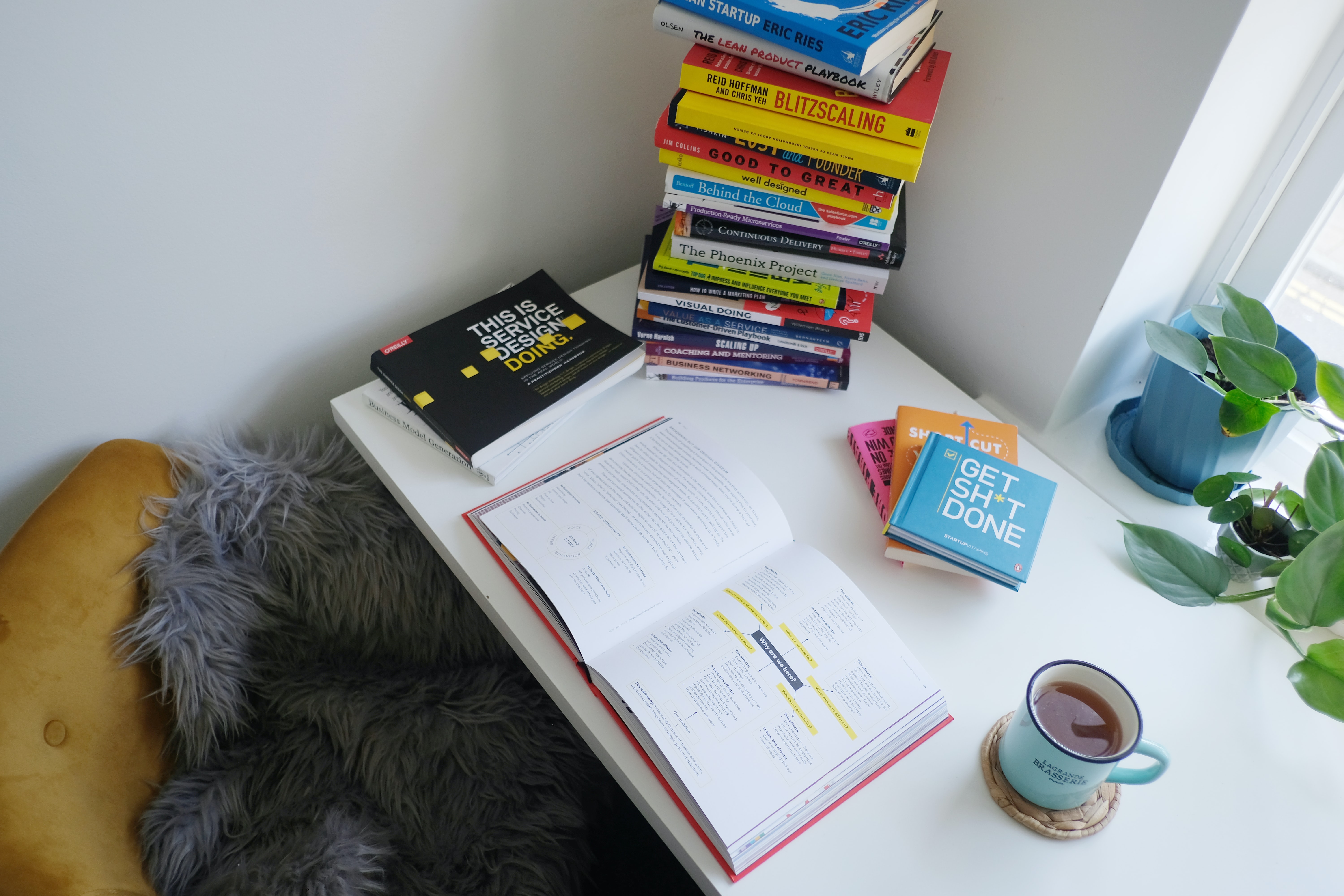Having a positive self-esteem as a teenager can bring a wide range of benefits in various aspects of life. Here are some advantages of having a positive self-esteem as a teenager:
1. Better Mental Health: Positive self-esteem can help teenagers feel good about themselves, leading to improved mental health. It helps reduce stress and anxiety levels, improving their ability to cope with the challenges of adolescence.
2. Improved Social Life: A positive self-esteem can help teenagers form healthier relationships with others. When they feel good about themselves, they are more likely to seek out positive social interactions and make friends.
3. Increased Confidence: A positive self-esteem can help teenagers feel more confident in their abilities and skills, leading to greater success in academics and extracurricular activities.
4. Better Decision Making: When teenagers have a positive self-esteem, they tend to make better decisions because they trust their judgment and are less likely to be influenced by peer pressure.
5. Better Physical Health: Positive self-esteem can also lead to better physical health as teenagers are more likely to engage in healthy behaviors such as regular exercise, healthy eating, and getting enough sleep.
6. Higher Resilience: Positive self-esteem can help teenagers develop resilience, which is the ability to bounce back from setbacks and challenges. It helps them stay optimistic and motivated even in difficult situations.
7. Improved Academic Performance: A positive self-esteem can also lead to improved academic performance. When teenagers feel good about themselves, they tend to be more motivated to learn and engage in classroom activities. They also tend to set higher goals for themselves and work harder to achieve them.
8. Better Self-Care: Positive self-esteem encourages teenagers to take better care of themselves. They are more likely to practice good hygiene, take care of their appearance, and prioritize their physical and emotional well-being.
9. Stronger Sense of Identity: A positive self-esteem helps teenagers develop a stronger sense of identity. When they feel good about themselves, they are more likely to explore their interests and talents, which can lead to the discovery of their passions and future career paths.
10. Increased Happiness: Finally, a positive self-esteem can lead to increased happiness. Teenagers who feel good about themselves are more likely to experience positive emotions, such as joy and contentment. This, in turn, can lead to greater life satisfaction and overall well-being.
In summary, having a positive self-esteem as a teenager can bring many advantages that can impact various aspects of life. It can lead to better mental and physical health, improved social relationships, increased confidence and resilience, better academic performance, and overall happiness and life satisfaction.














